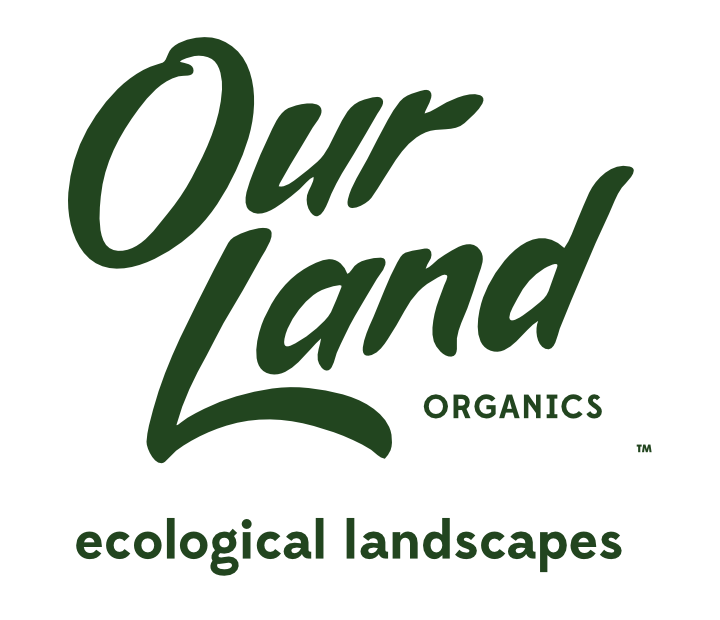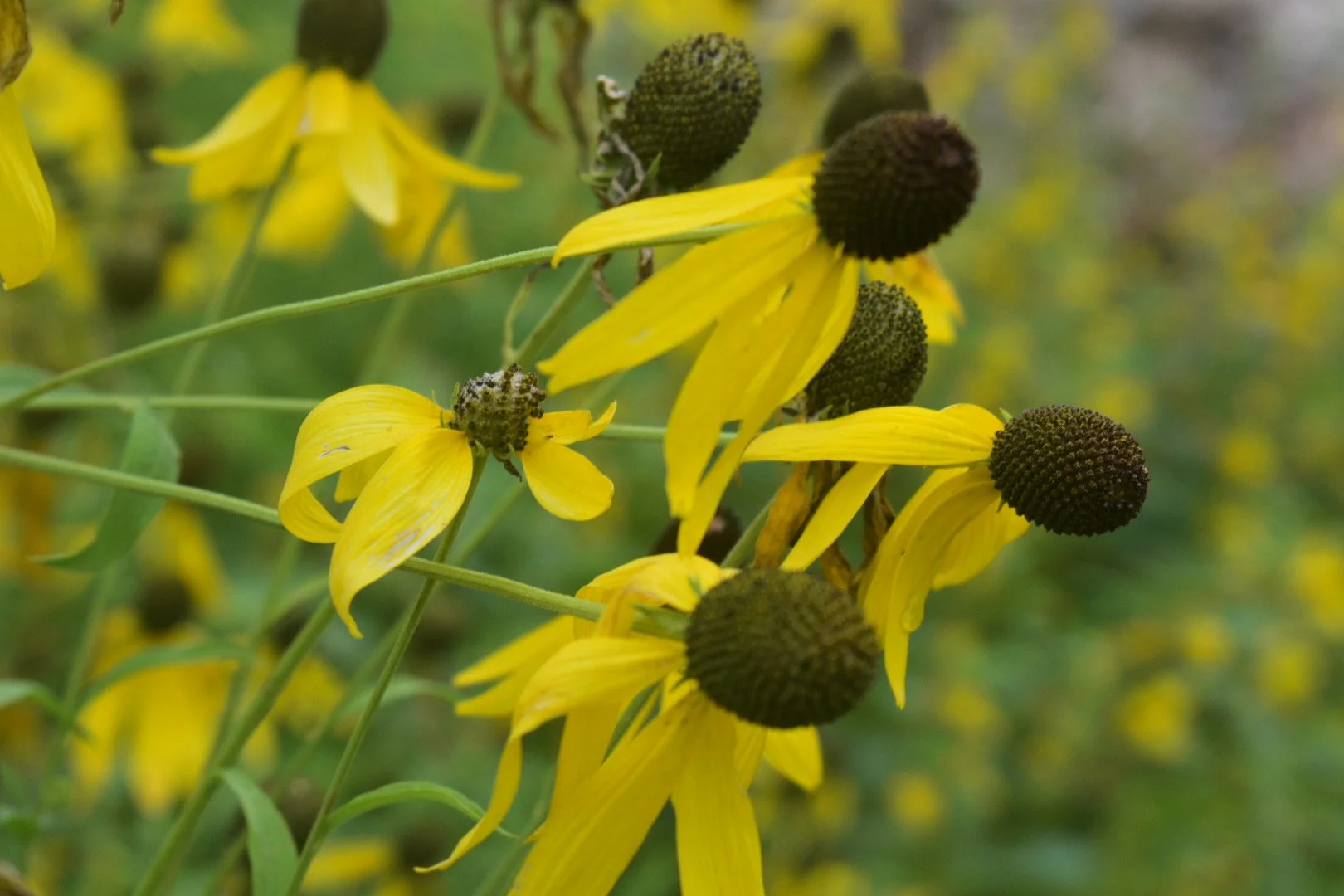More native plants are growing at The Nursery!
We now have 17 native species available for purchase, and nearly 20 more species will be available in the coming weeks.
Here’s a closer look at just five of the new plants that have become ready for sale since our last Nursery update. Each of these herbaceous perennials offers ecological benefits and adds unique beauty to a landscape. Check out the descriptions for the rest of our plants on The Nursery’s online store.
Achillea millefolium (Yarrow)
Native to North American grasslands and prairies, Yarrow is drought-tolerant and low-maintenance. It can spread rapidly, making it an excellent option if you need to fill a space quickly or if you’re trying to create a meadow mixed with other perennials.
Yarrow’s white flowers are a hallmark of summer in Ohio, and its distinct feathery leaves add unique texture to a landscape. It’s a hardy and ecologically valuable plant that helps prevent soil erosion, attracts native pollinators, and improves soil health by adding beneficial nutrients to the soil. It will spread by root and seed throughout its lifetime.
Andropogon gerardii (Big Bluestem)
Sun-loving Big Bluestem is a large, drought-tolerant grass that adds vertical structure to a landscape. It can grow as tall as 5 to 8 feet! Big Bluestem blooms in the fall, adding a pop of color to late-season and winter gardens. It performs well as a standalone ornamental grass or as a member of a pocket prairie.
No matter how you incorporate Big Bluestem into your landscape design, it will offer ecological benefits. It’s a nesting site for more than 23 species of birds as well as native bees, and it’s also a host plant for Delaware Skipper and Dusted Skipper butterflies.
Monarda didyma ‘Raspberry Wine’ (Scarlet Beebalm)
This versatile beebalm packs a summertime punch in the form of stunning magenta blooms. Thriving in full sun to part shade, Scarlet Beebalm performs well in pollinator gardens, cut flower gardens, cottage gardens, rain gardens, and herb gardens.
This variety of beebalm naturally occurs in moist open woods, meadows, and stream banks—so it’s no surprise that it prefers moist, well-draining soils. (Note that it will tolerate occasional flooding but will not tolerate dry soil.) The ‘Raspberry Wine’ cultivar is less susceptible to powdery mildew than the straight species, and it can self-seed in the right conditions. This variety is attractive to native butterflies, bees, and hummingbirds.
Ratibita pinnata (Grey Headed Coneflower)
Despite the “grey” in its name, Grey Headed Coneflower blooms golden-yellow in summertime, brightening up any landscape. It’s a versatile plant that occurs naturally in dry wooded areas and prairies, and it tolerates clay soils, drought, and poor soil conditions.
These qualities make Grey Headed Coneflower a great option for pocket prairies, sunny borders, and/or pollinator gardens. Its flowers attract swallowtail butterflies, beetles, and beneficial wasps, and it’s a host plant for the Silvery Checkerspot butterfly and several moths. In the fall and winter, goldfinches and other songbirds will eat any remaining seed heads.
Solidago speciosa (Showy Goldenrod)
Who hasn’t been cheered by the yellow flash of goldenrod along a roadside in late summer or fall? As its name implies, Showy Goldenrod is one of the most visually striking of all the goldenrods. This sun-loving variety occurs naturally in dry open woods, prairies, and fields, making it an especially great addition to a pocket prairie or any spot with sun and medium to dry soil.
Thanks to its late bloom time, Showy Goldenrod is an important late-season nectar source for many native butterflies, moths, and bees, and its seed heads provide food for songbirds throughout the winter.
Along with the species described above, the following native plants are also available now:
Sun-Loving Plants
Echinacea Purpurea ‘Powow Wildberry’
Eryngium yuccifolium (Rattlesnake Master)
Liatris spicata (Gayfeather, Blazing Star)
Penstemon digitalis ‘Blackbeard’ (Foxglove Beardtongue)
Physostegia virginiana ‘Pink Manners’ (Obedient Plant)
Full Sun to Part Shade
Agastache foeniculum (Anise Hyssop)
Baptisia australis (False Blue Indigo)
Carex muskingumensis (Palm Sedge)
Chelone lyonii ‘Hot Lips’ (Turtlehead)
Monarda fistulosa (Beebalm, Wild Bergamot)
Monarda punctata (Spotted Beebalm)
Phlox paniculata ‘Jeana’ (Garden Phlox)






